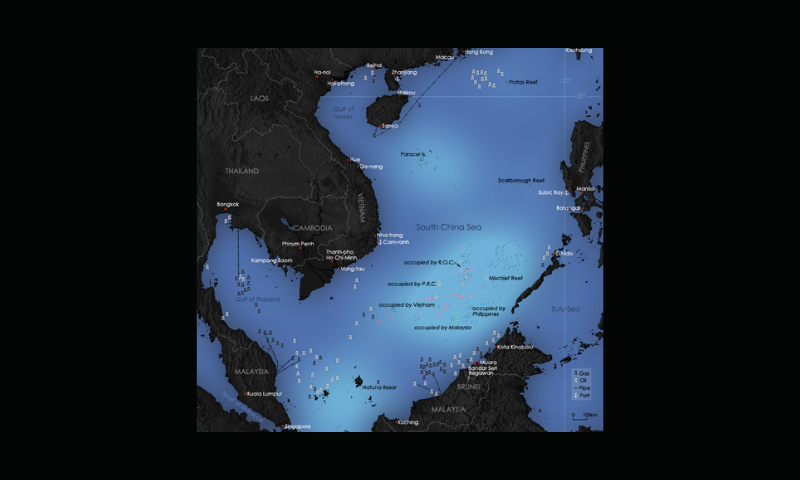Niharika Mandhana
WSJ, Mar. 11, 2023
“They have such a reach now into the South China Sea with sea power and air power.”
In early February, a Philippine coast guard vessel approached a small outpost in the South China Sea when it was hit by green laser beams that temporarily blinded its crew. The source was a Chinese coast guard ship, which Philippine authorities said approached dangerously close.
A few weeks earlier, the U.S. military accused a Chinese fighter pilot of another unsafe action over the waterway—flying within 20 feet of the nose of a U.S. Air Force aircraft.
Before that came a November incident involving a Philippine boat that was towing debris from a Chinese rocket launch. China’s coast guard deployed an inflatable boat to cut the tow line and retrieve the object, said Philippine officials.
Beijing is becoming the dominant force in the South China Sea, through which trillions of dollars in trade passes each year, a position it has advanced step-by-step over the past decade. With incremental moves that stay below the threshold of provoking conflict, China has gradually changed both the geography and the balance of power in the area.
The disputed sea is ringed by China, Taiwan and Southeast Asian nations, but Beijing claims nearly all of it. It has turned reefs into artificial islands, then into military bases, with missiles, radar systems and air strips that are a problem for the U.S. Navy. It has built a large coast guard that among other things harasses offshore oil-and-gas operations of Southeast Asian nations, and a fishing militia that swarms the rich fishing waters, lingering for days. … [To read the full article, click here]


